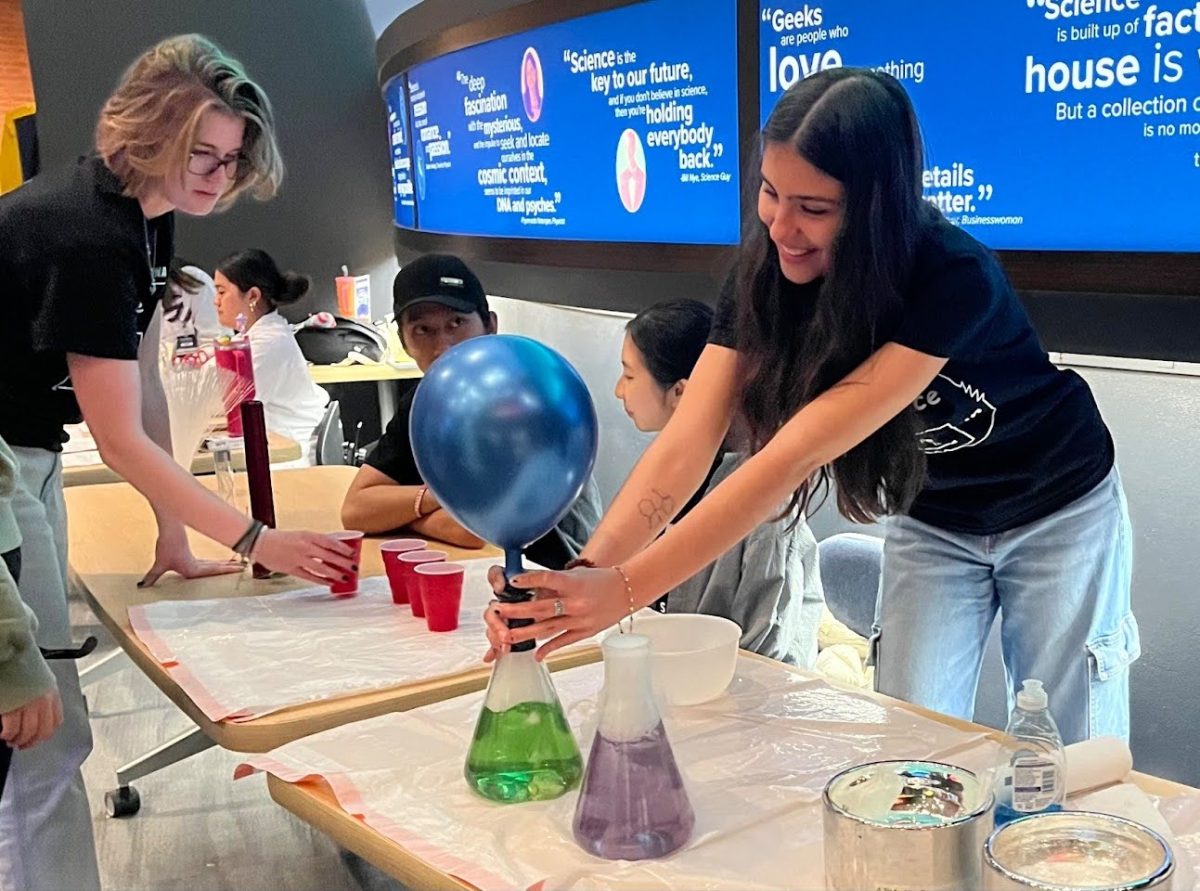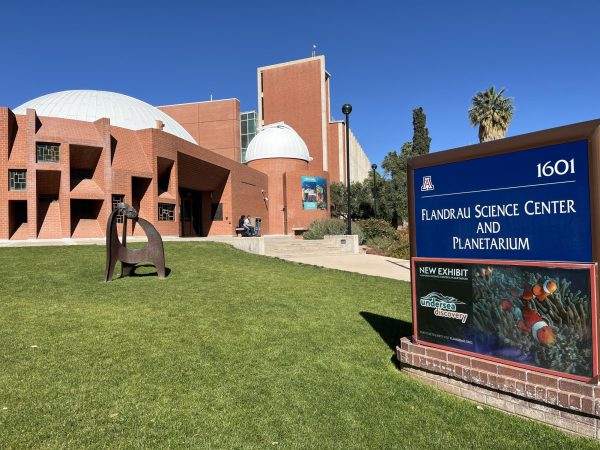Renu Malhotra, a planetary sciences professor, has received honors from within the scientific and educational community across the nation. In late April, Malhotra was elected as a member of both the National Academy of Sciences and the American Academy of Arts and Sciences, both in less than a week, placing her amongst the foremost philanthropists, educators, researchers and doctors in the U.S. and throughout the world.
Malhotra said “it was unexpected,” pointing out how she was nominated and elected to both academies without any prior knowledge.
“I don’t wake up in the morning and think about what academic distinctions I’ll be getting for my work,” she said, referring to the large body of scientific research in the field of “orbital dynamics” she has contributed to over the past several years.
An election to either one of the academies is “one of the highest honors one can achieve” for recognition of scientific or educational work.
The American Academy has over 4,600 domestic members, or “fellows,” of which Malhotra is one, as well as with 600 Foreign Honorary Members that can contribute to research projects on public policy.
These recent honors for Malhotra serve as recognition for her long career in planetary sciences and research, of which she has received many other awards and honors over the years. She graduated from the Indian Institute of Technology in India and went on to receive her doctorate in physics at Cornell University in 1988. Since she began her work as an associate professor in the planetary sciences department at the UA in 2000, she received distinctions from the International Astronomical Union, American Astronomical Society, and her alma mater, the Indian Institute of Technology in Delhi, India.
Many of the academic honors she has received go toward the domain of Malhotra’s expertise in orbital dynamics, a “field that goes back to the foundations of modern science.” Malhotra’s rigorous research in the orbital bodies field has had a major influence in forming the modern, widely-accepted concepts throughout the scientific world.
“Orbital dynamics focuses on the study of the movement of the planets, which, as most of us learned in elementary school, make elliptical orbits throughout the solar system,” she said.
But Malhotra’s work has contributed to fundamental changes in how many scientists perceive the current model of the solar system.
“One of the things that we’ve learned is that the planetary orbits have changed a lot since the planets formed,” she said.
Malhotra described a “planetary migration” that caused the planets that were initially “squished together” to “spread out over time”; this resulted in the planetary model we have grown familiar with today.
Along with mapping the history of celestial bodies, Malhotra’s work also focuses on the physical implications of the different planetary orbits. For instance, along with a doctorate student, she has conducted research on the orbits of asteroids that cross with Mars’ orbits.
“We discovered that [these orbits] were not as randomly distributed as people assumed,” Malhotra said. “They tend to be aligned toward the long axis of Jupiter’s orbit.”
This information, which she noted as “very surprising,” enables Malhotra and her student to more accurately calculate the rate at which these asteroids can hit planets such as Earth or Mars.
“For Earth, it turns out that when we factor in this calculation [that scientists previously had not accounted for], … we actually overestimated the chance of a collision by 10 percent,” Malhotra said.
For the time being, Malhotra continues to teach courses on planetary sciences at the UA. Along with her capacity as a researcher and professor, she also serves as the chair of the UA’s Theoretical Astrophysics Program, “which is an interdisciplinary program amongst physics, astronomy, and planetary sciences,” she said.
Malhotra shows no sign of stopping her contributions to research, education and collaboration between fields of scientific advancement and discovery.
_______________
Follow Isaac Rounseville on Twitter.














